OUR CRAFTSMANSHIP
BAMBOO WEAVING
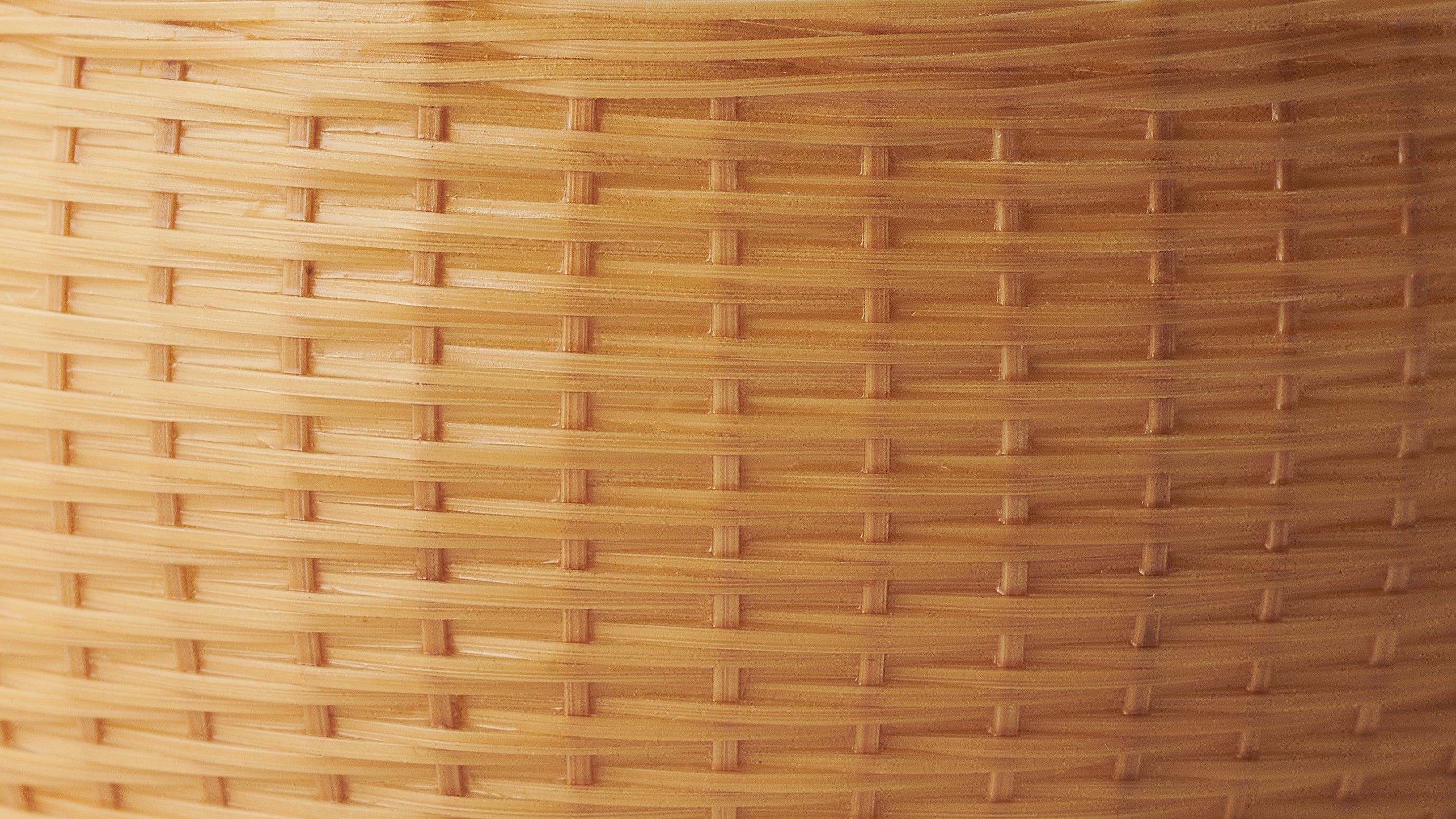
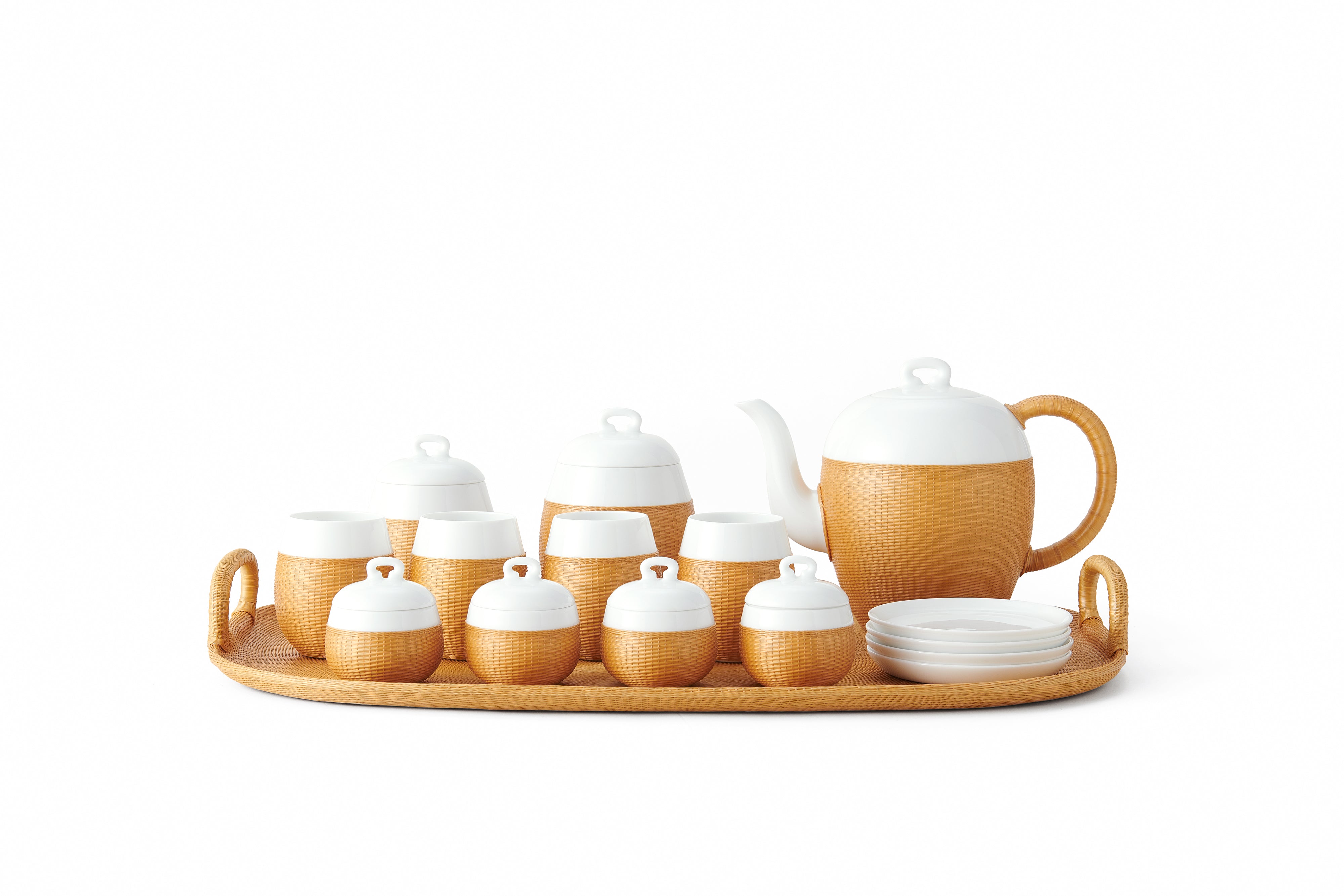
Bamboo weaving has ancient roots in China. Artisans hand-split bamboo into fine threads and meticulously weave them onto the porcelain surface, hiding each joint with exceptional skill. SHANG XIA’s bamboo weaving porcelain uses a three-dimensional double-line interlaced weaving technique. Thousands of these bamboo threads, some as thin as 0.33 millimeters, must be manually crafted since no machine can replicate this process. The white porcelain tea sets are fired at temperatures above 1300 degrees Celsius, resulting in a lustrous finish.
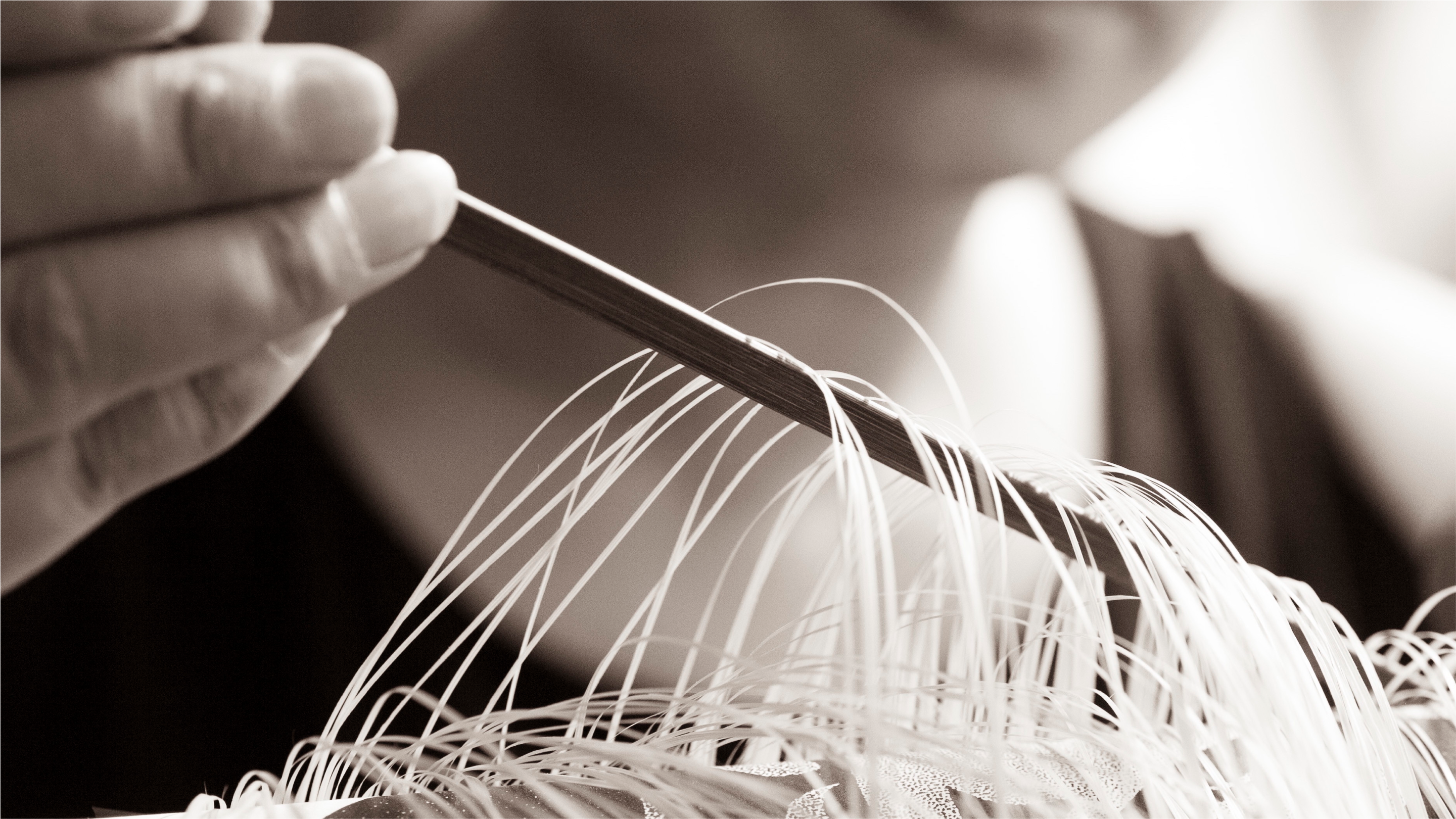

Bamboo weaving has ancient roots in China. Artisans hand-split bamboo into fine threads and meticulously weave them onto the porcelain surface, hiding each joint with exceptional skill. SHANG XIA’s bamboo weaving porcelain uses a three-dimensional double-line interlaced weaving technique. Thousands of these bamboo threads, some as thin as 0.33 millimeters, must be manually crafted since no machine can replicate this process. The white porcelain tea sets are fired at temperatures above 1300 degrees Celsius, resulting in a lustrous finish.


PORCELAIN
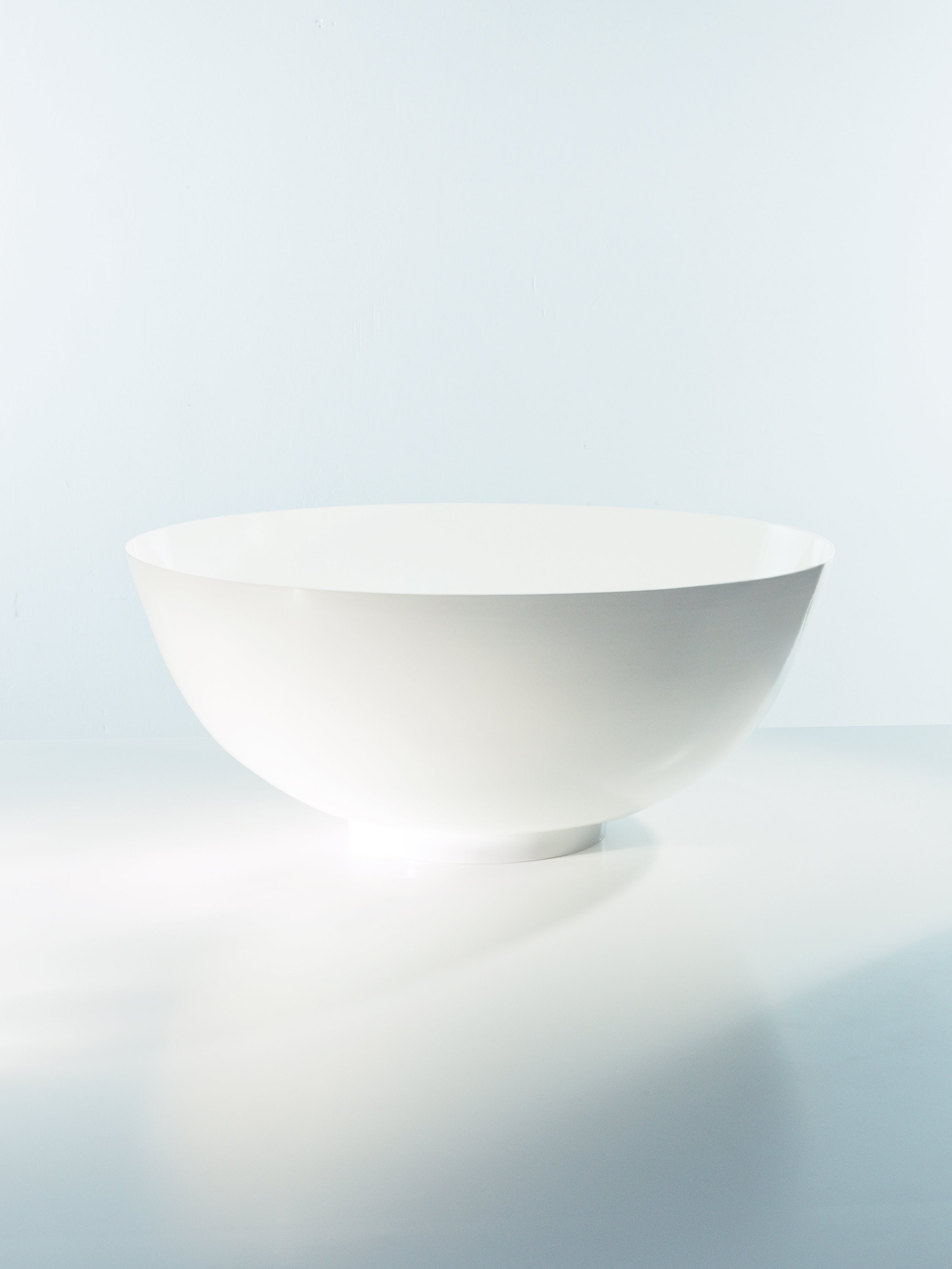
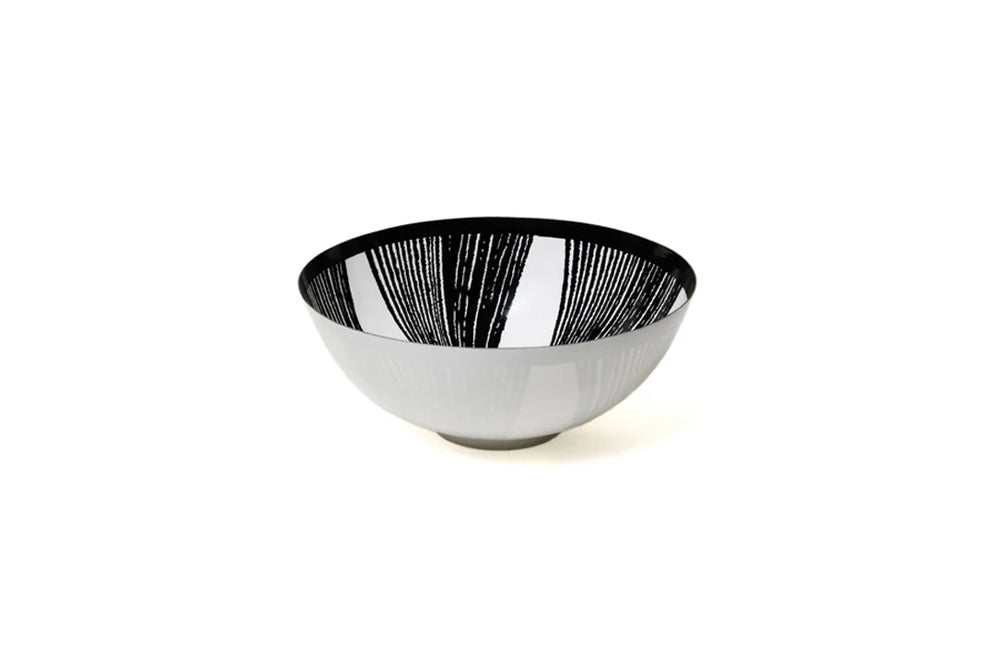
SHANG XIA porcelain is crafted from high-quality Kaolin clay from Jingdezhen, produced through over 40 meticulous processes. The porcelain is 0.5 to 1 mm thick and requires a hundred manual sessions to achieve a finished piece. The porcelain is white as jade, thin as paper, bright as mirror, and resonate as a chime, and it was praised that “as thin as cicada’s wings, as light as floating clouds, when tapped lightly, sounds like music heavenly.”
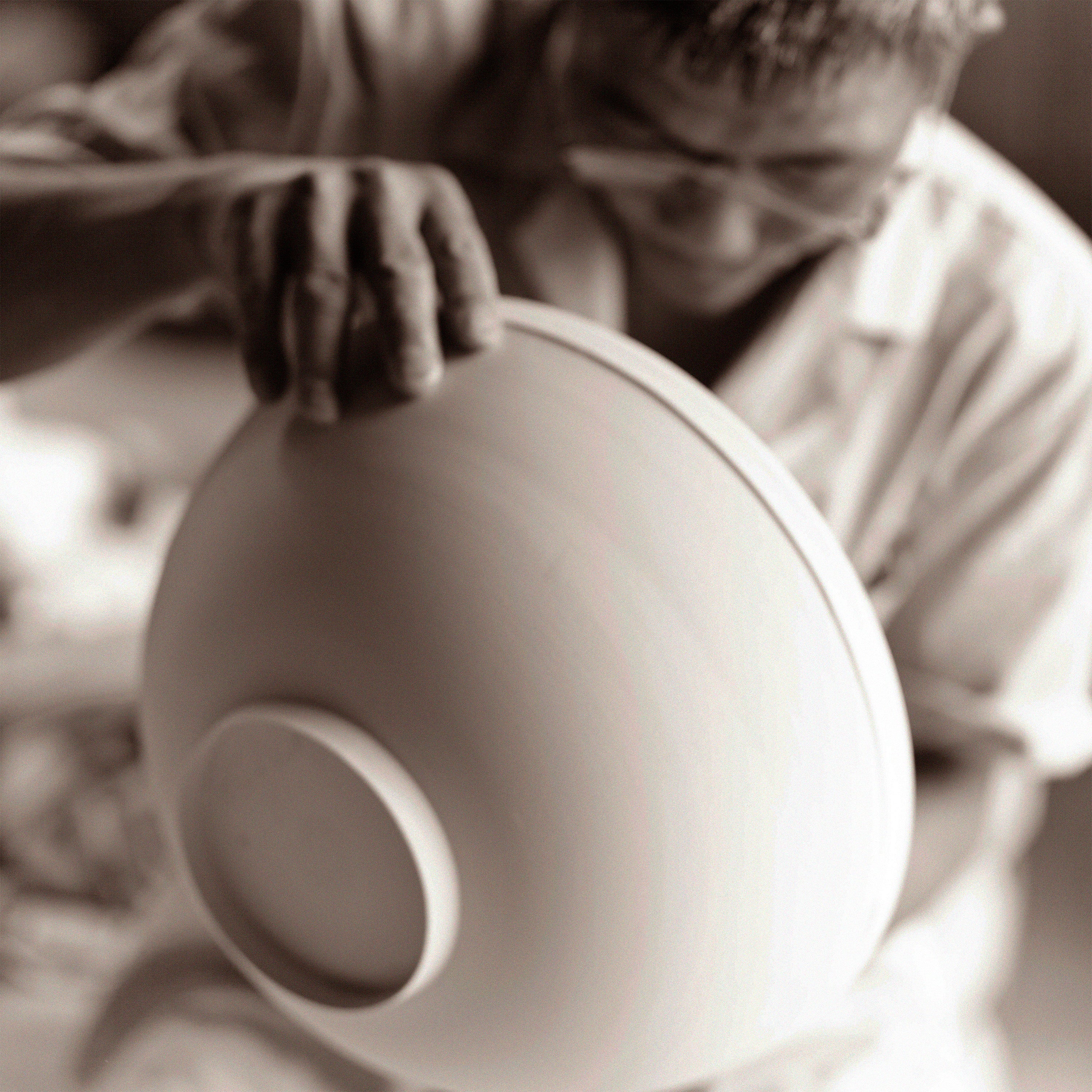

SHANG XIA porcelain is crafted from high-quality Kaolin clay from Jingdezhen, produced through over 40 meticulous processes. The porcelain is 0.5 to 1 mm thick and requires a hundred manual sessions to achieve a finished piece. The porcelain is white as jade, thin as paper, bright as mirror, and resonate as a chime, and it was praised that “as thin as cicada’s wings, as light as floating clouds, when tapped lightly, sounds like music heavenly.”


BAMBOO MARQUETRY
Bamboo marquetry, a unique handicraft from Zhejiang, transforms bamboo into intricate relief designs for home decor, such as panels, screens, and lanterns. Celebrated for its classical elegance, this art form was prized by China’s literati and introduced to the imperial palace during the Qing Dynasty. The process begins with the careful selection of mature bamboo in winter, followed by precise preparation and cutting into thin strips. Master artisans then notch the strips for seamless fitting and meticulously inlay them into geometric patterns.
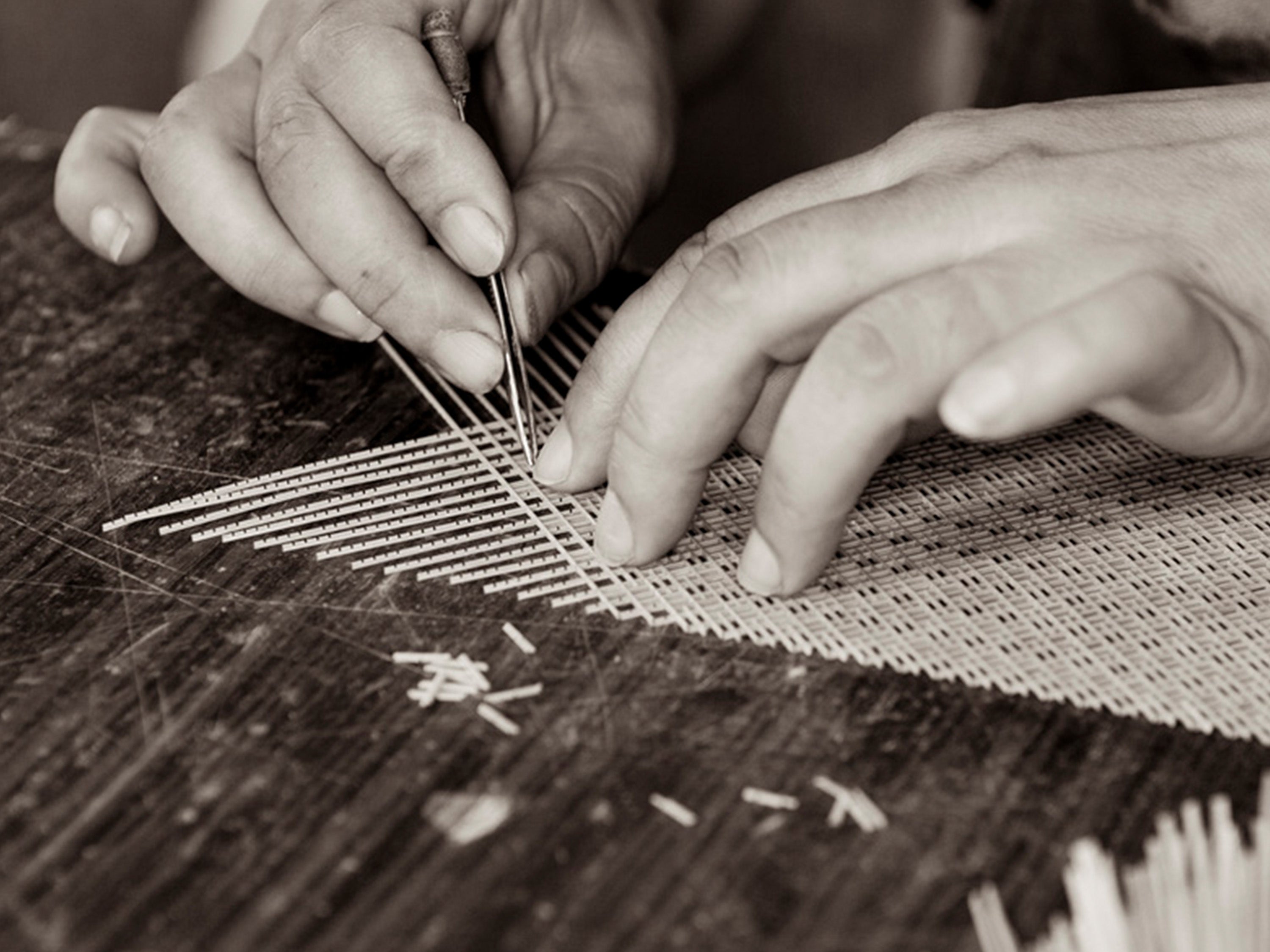
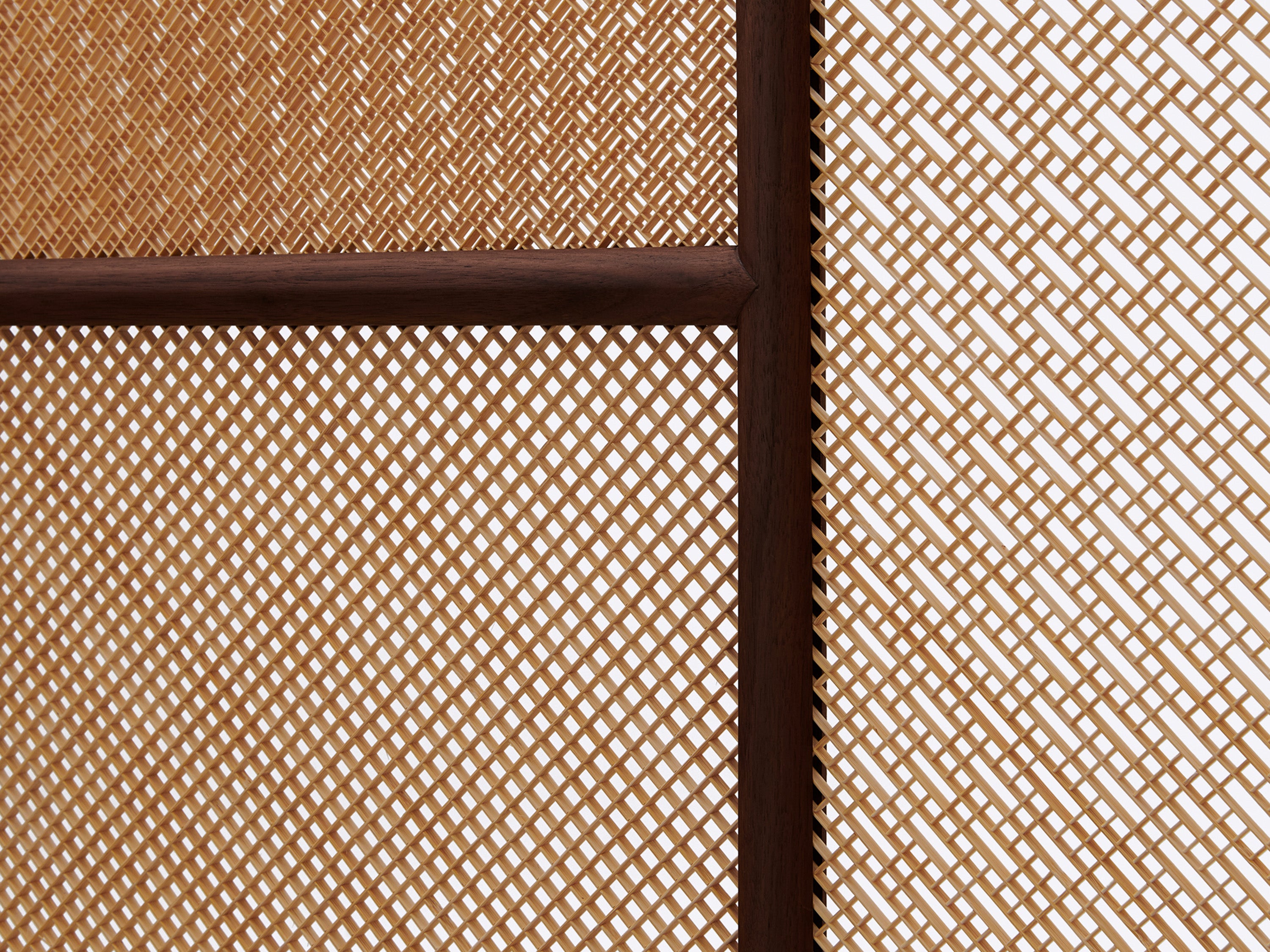
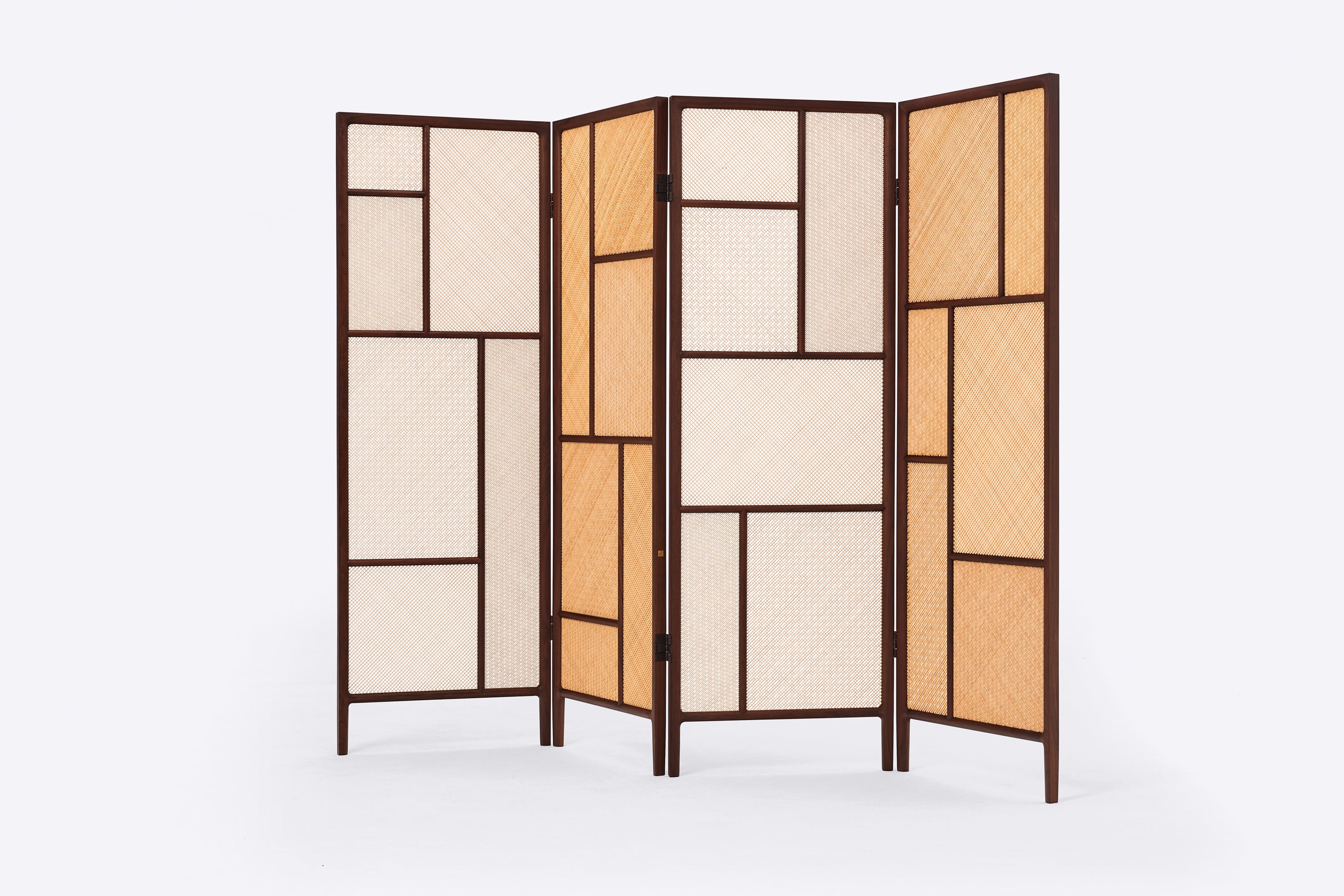

Bamboo marquetry, a unique handicraft from Zhejiang, transforms bamboo into intricate relief designs for home decor, such as panels, screens, and lanterns. Celebrated for its classical elegance, this art form was prized by China’s literati and introduced to the imperial palace during the Qing Dynasty. The process begins with the careful selection of mature bamboo in winter, followed by precise preparation and cutting into thin strips. Master artisans then notch the strips for seamless fitting and meticulously inlay them into geometric patterns.


XIPI LACQUER
The Xipi lacquer technique dates back over 1,800 years to the Three Kingdoms period. This technique involves applying multiple layers of natural lacquer to a perfectly proportioned base, sanding and polishing each layer by hand to reveal mysterious, flowing patterns. The result is a piece with a fluid, cloud-like design that showcases the depth and richness of this almost-lost art.
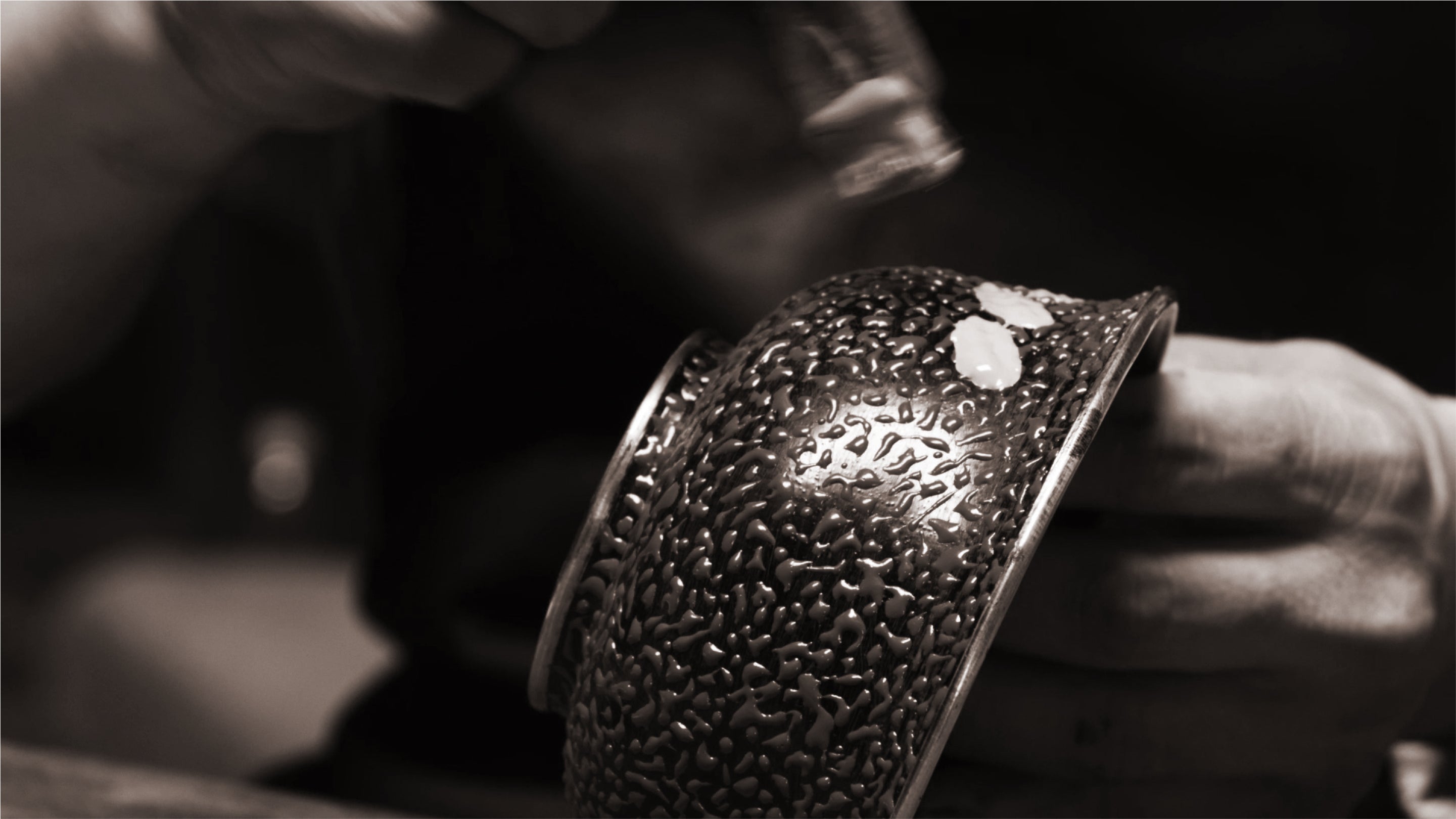



The Xipi lacquer technique dates back over 1,800 years to the Three Kingdoms period. This technique involves applying multiple layers of natural lacquer to a perfectly proportioned base, sanding and polishing each layer by hand to reveal mysterious, flowing patterns. The result is a piece with a fluid, cloud-like design that showcases the depth and richness of this almost-lost art.


WOODWORKING
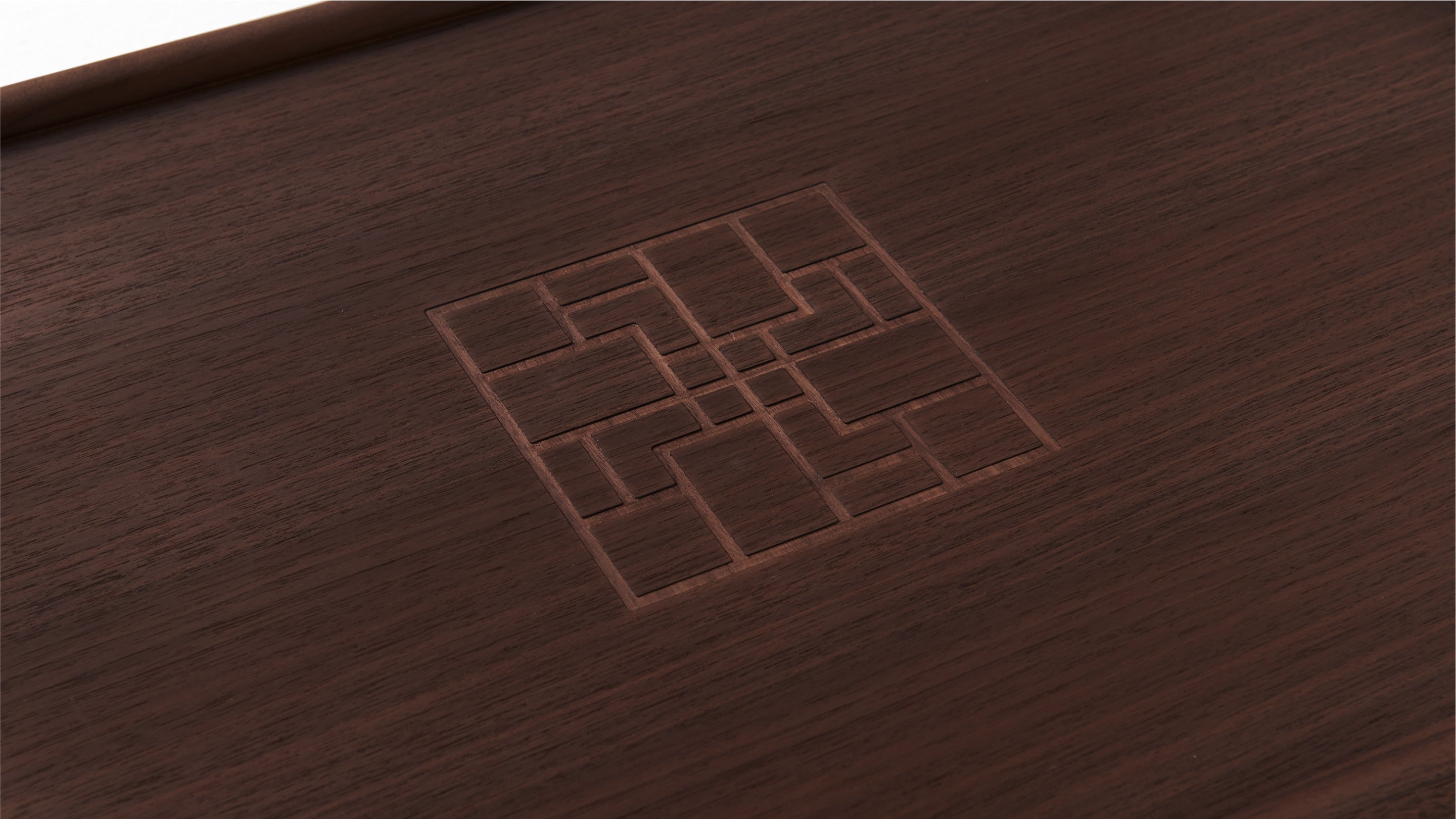

We use precious woods like Zhantan and Zitan to create furniture pieces that are both durable and exquisitely beautiful. Each piece is crafted with precision, ensuring the wood's color and grain are harmoniously aligned. The meticulous hand-polishing process gives the furniture a silk-like texture, while special treatments enhance the wood's longevity, allowing it to gracefully endure through time.
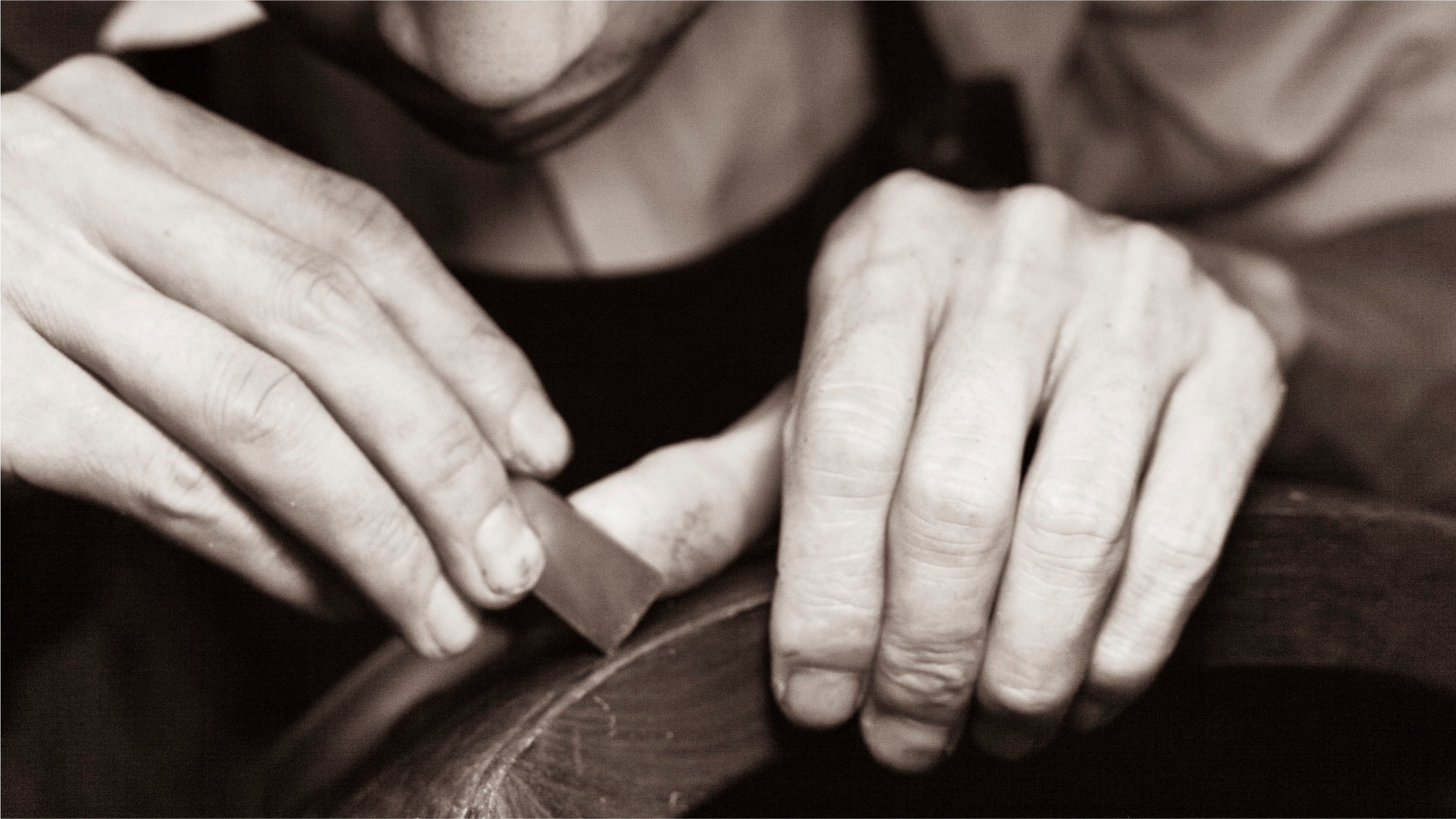

We use precious woods like Zhantan and Zitan to create furniture pieces that are both durable and exquisitely beautiful. Each piece is crafted with precision, ensuring the wood's color and grain are harmoniously aligned. The meticulous hand-polishing process gives the furniture a silk-like texture, while special treatments enhance the wood's longevity, allowing it to gracefully endure through time.


CASHMERE FELT
We collaborates with Mongolian craftsmen to research and develop cashmere felt using traditional techniques of nomadic peoples. Selected cashmere offering excellent warmth and lightweight properties. The ready-to-wear pieces are seamless and stitch-free, improved for greater comfort and softness, aligning better with contemporary wearing habits. The design combines the form inspired by Hanfu and innovative modern elements to express a unique elegance inherent to Chinese culture.
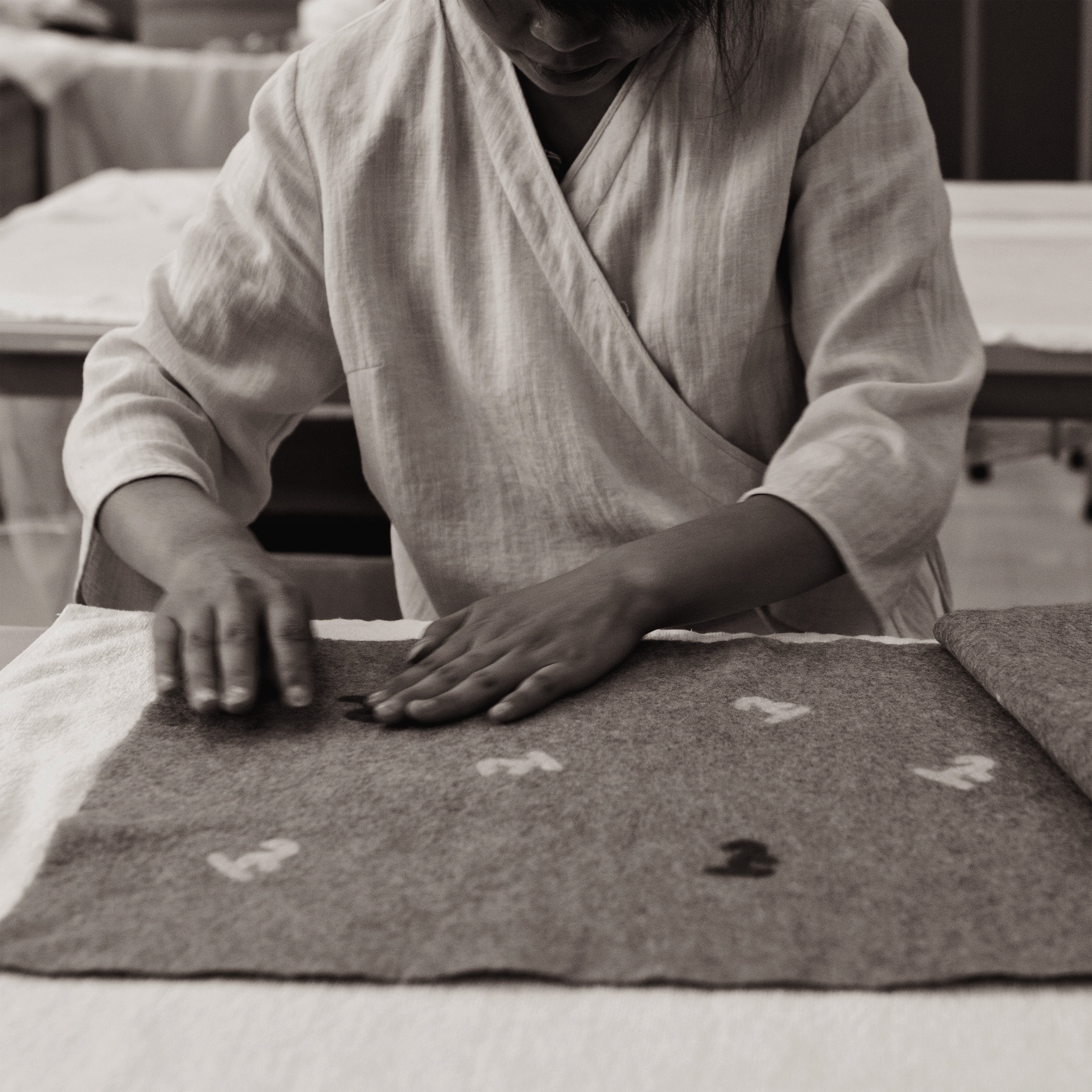
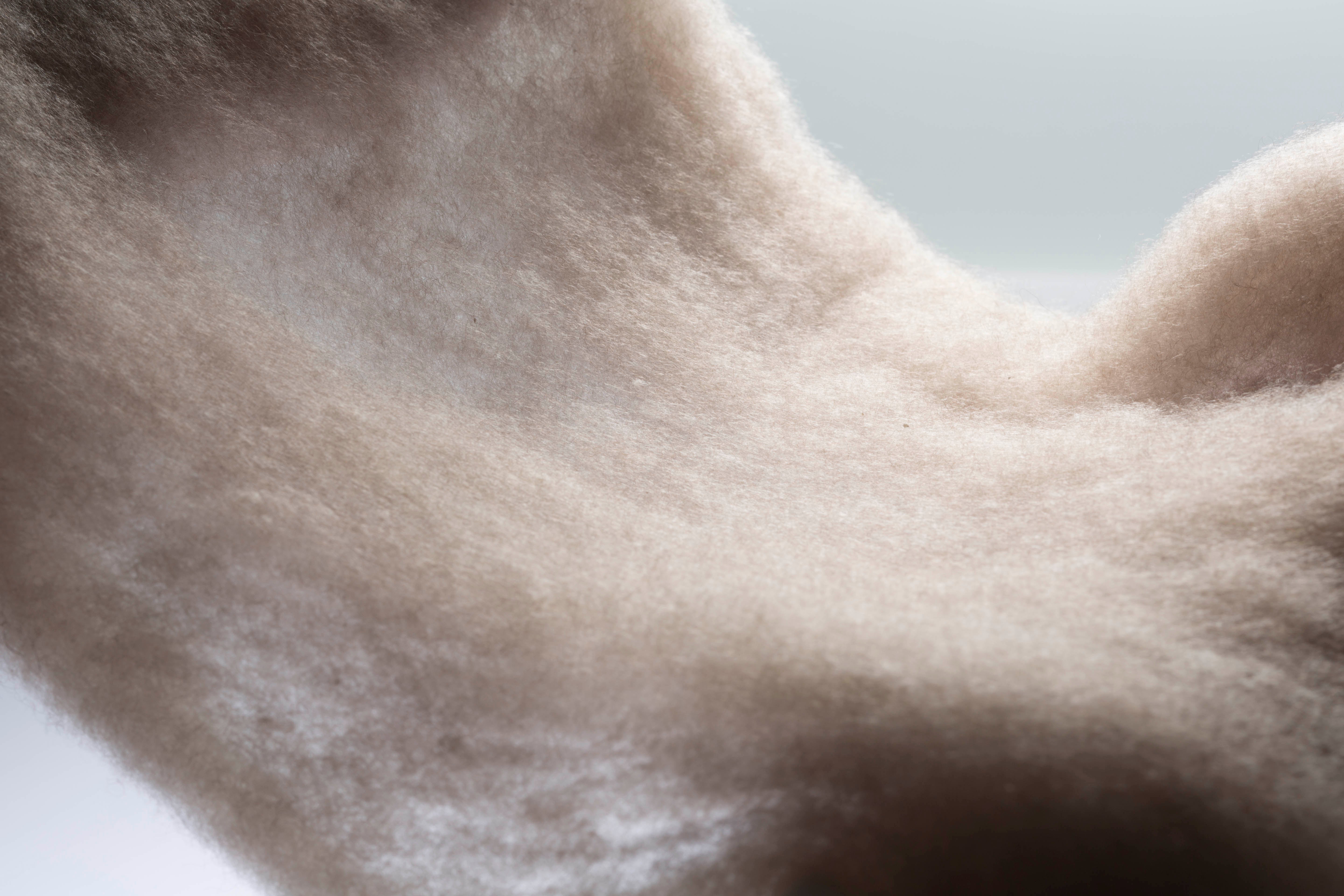
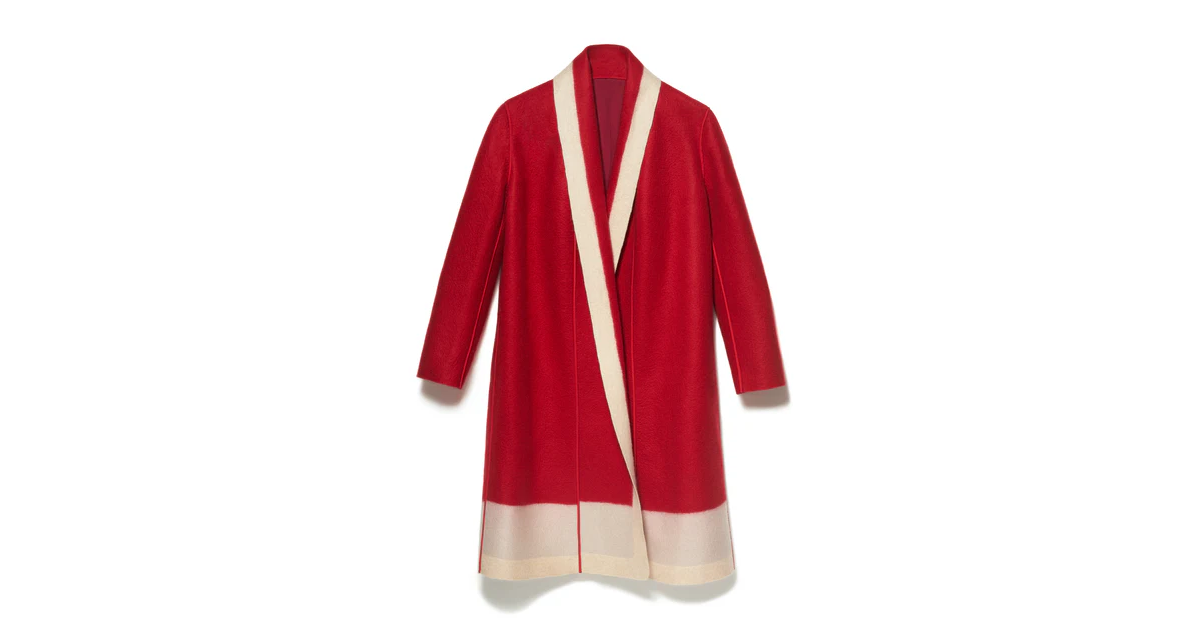
We collaborates with Mongolian craftsmen to research and develop cashmere felt using traditional techniques of nomadic peoples. Selected cashmere offering excellent warmth and lightweight properties. The ready-to-wear pieces are seamless and stitch-free, improved for greater comfort and softness, aligning better with contemporary wearing habits. The design combines the form inspired by Hanfu and innovative modern elements to express a unique elegance inherent to Chinese culture.



EGGSHELL LACQUER


Our Eggshell Lacquer series revives and innovates an ancient technique. This meticulous process involves embedding tiny pieces of eggshell into a lacquer base, creating intricate and stunning patterns. Inspired by Song Dynasty porcelain, the finish offers a delicate, crackled effect that resembles the fine cracks in an antique piece.
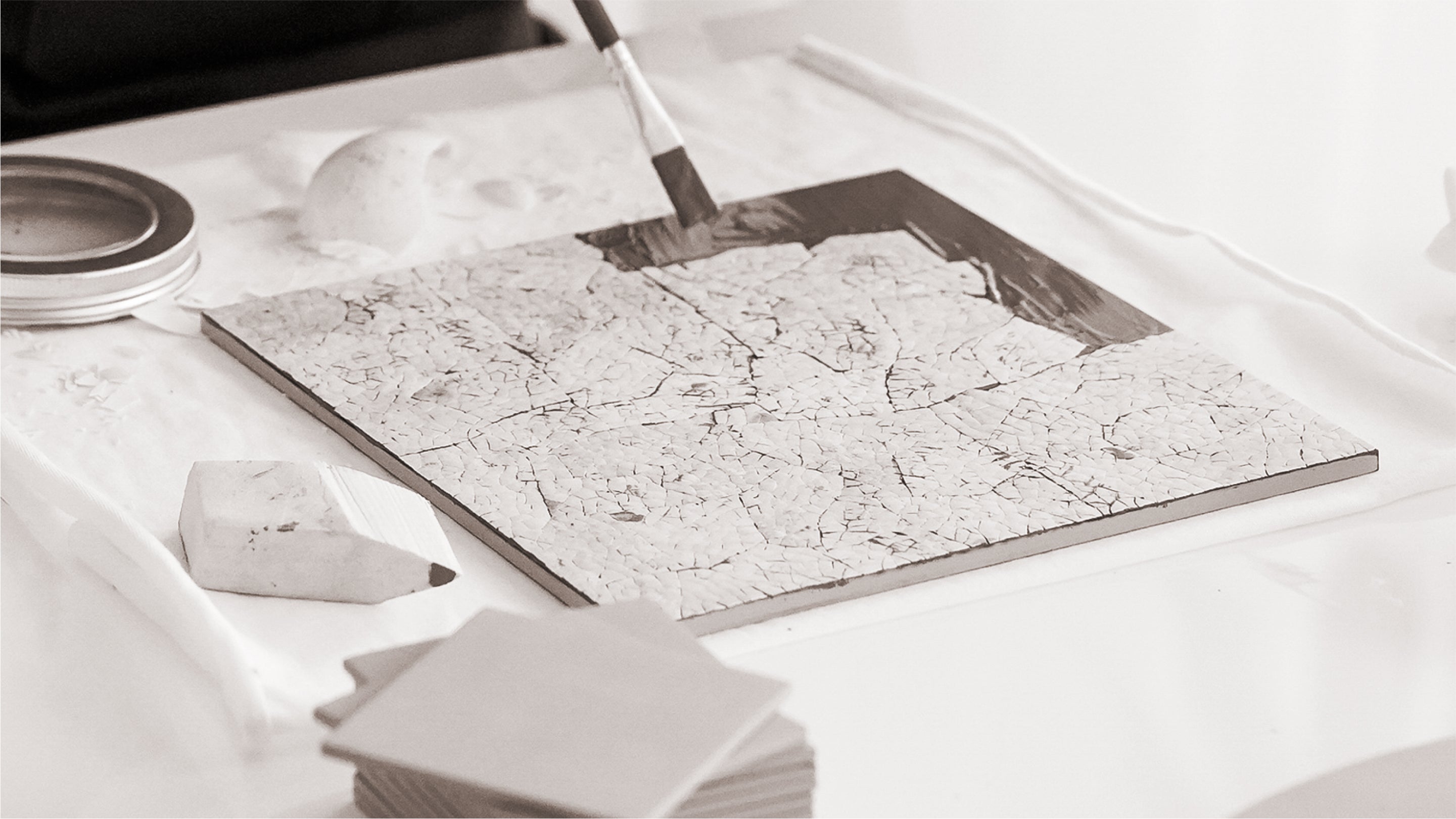

Our Eggshell Lacquer series revives and innovates an ancient technique. This meticulous process involves embedding tiny pieces of eggshell into a lacquer base, creating intricate and stunning patterns. Inspired by Song Dynasty porcelain, the finish offers a delicate, crackled effect that resembles the fine cracks in an antique piece.


CARBON FIBER
Our Da Tian Di carbon fiber furniture series exemplifies the balance between tradition and innovation. Lightweight yet incredibly strong, these pieces blend classic aesthetics with modern materials. The carbon fiber chairs weigh less than 4 kg but can support up to 130 kg, demonstrating the perfect fusion of elegance, durability, and cutting-edge technology.

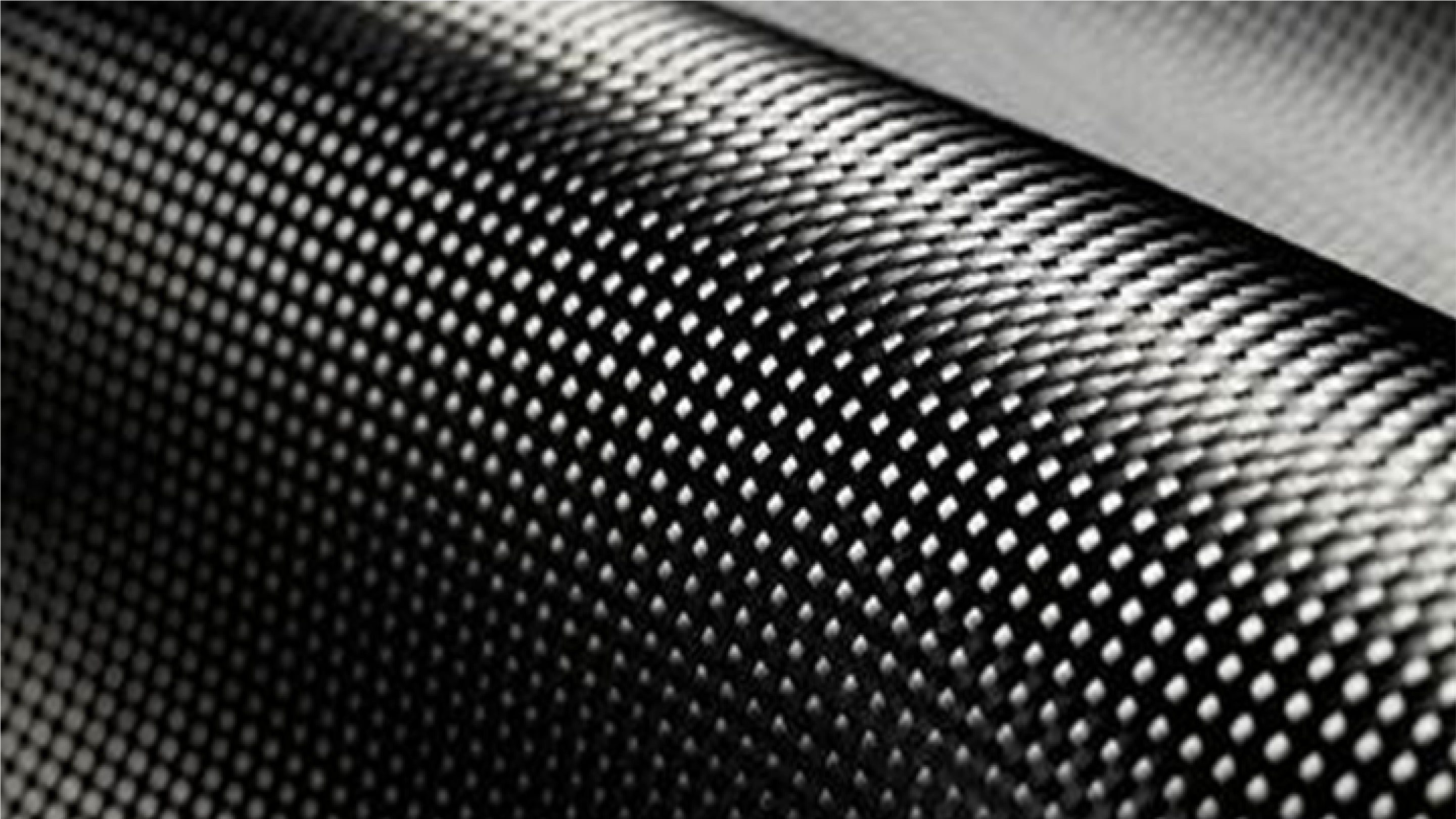


Our Da Tian Di carbon fiber furniture series exemplifies the balance between tradition and innovation. Lightweight yet incredibly strong, these pieces blend classic aesthetics with modern materials. The carbon fiber chairs weigh less than 4 kg but can support up to 130 kg, demonstrating the perfect fusion of elegance, durability, and cutting-edge technology.


LEATHER WEAVING

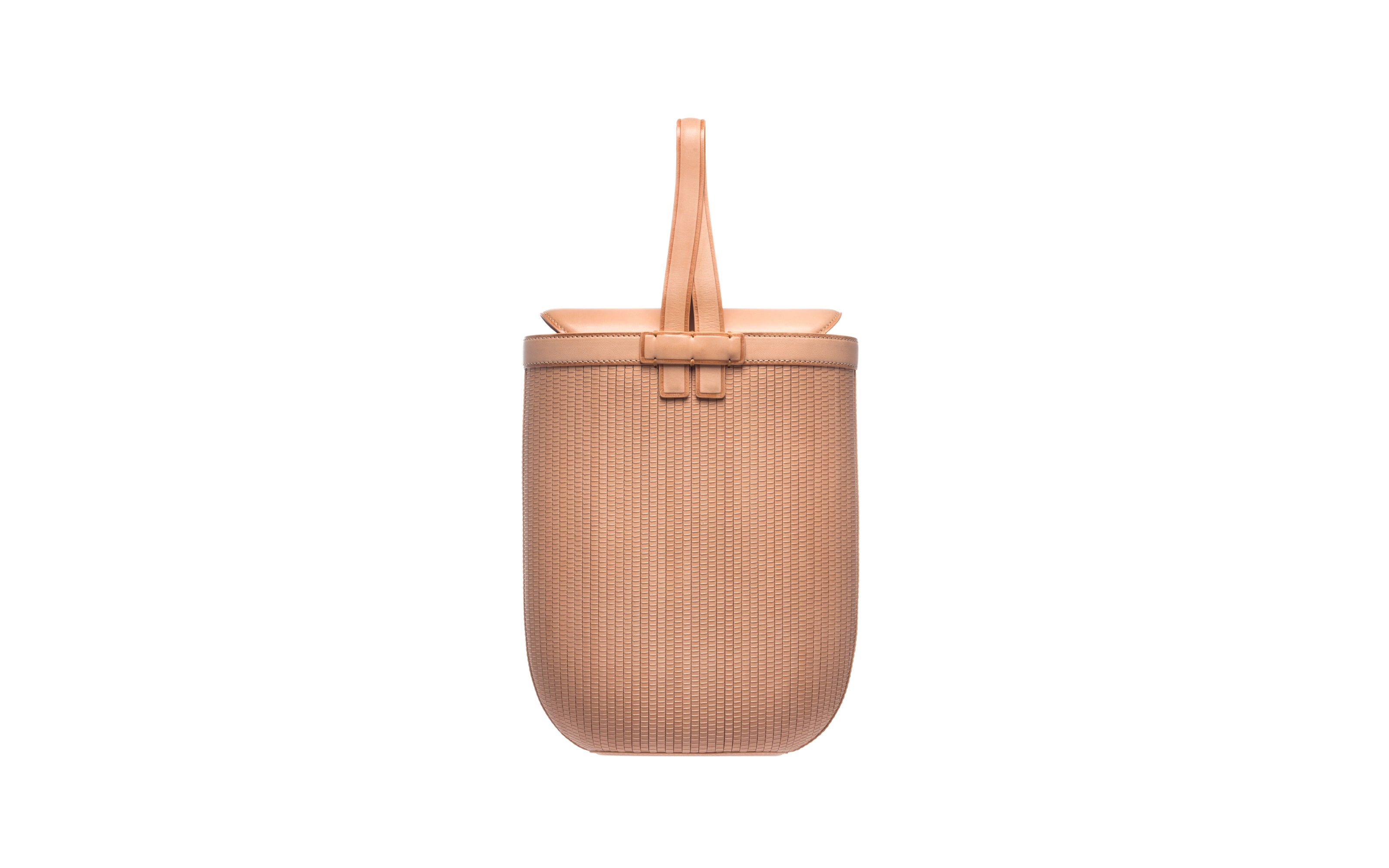
SHANG XIA draws inspiration from Chinese bamboo baskets, forming the structure and texture to innovate crafting techniques three-dimensionally. After five years of development, SHANG XIA launched the Lan Yue Collection leather weaving handbags. The leather weaving is made from flexible first-layer cowhide with consistent width and easy-to-weave leather strips. Among wrap and weft, emboding the modern elegance of the East through traditional craftsmanship.
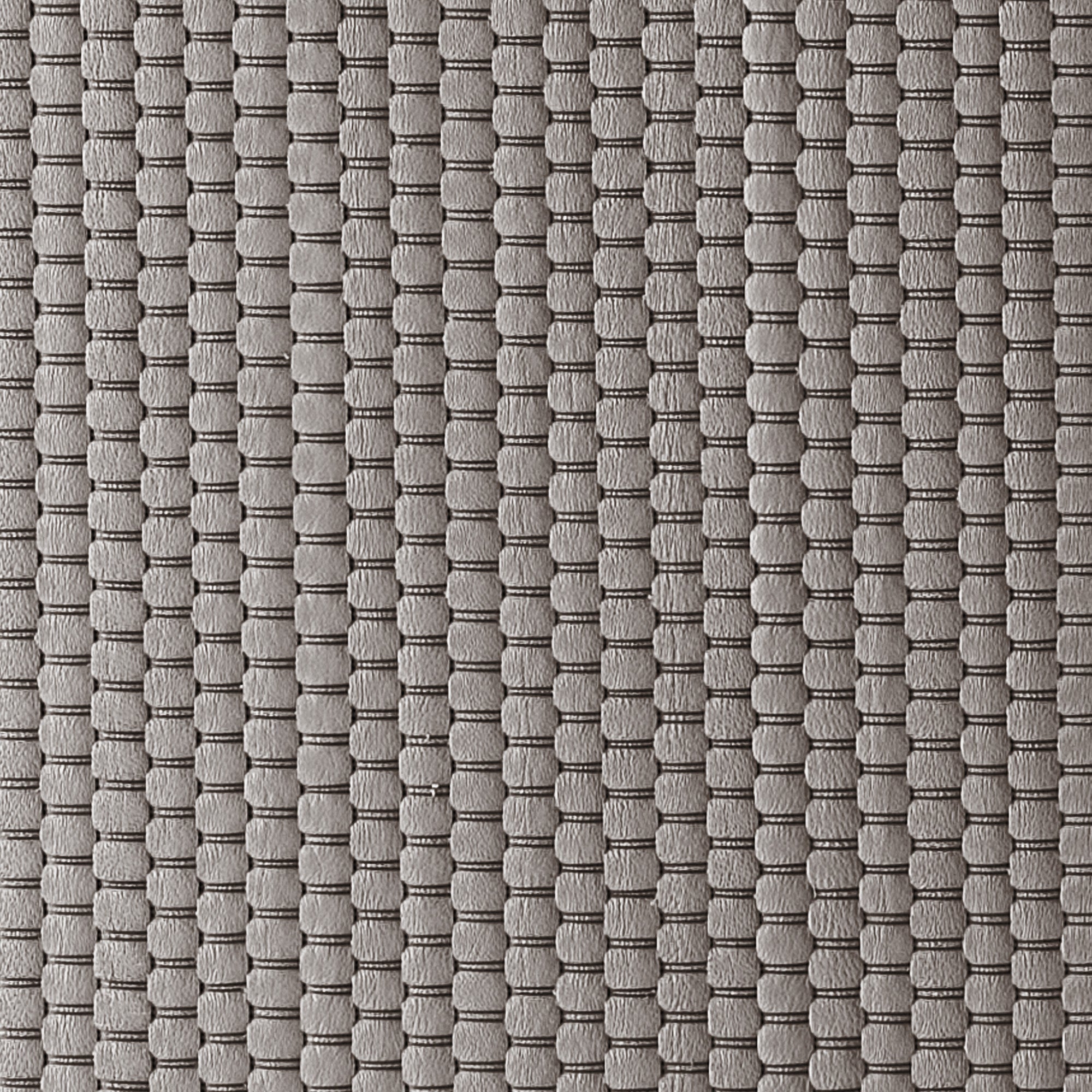

SHANG XIA draws inspiration from Chinese bamboo baskets, forming the structure and texture to innovate crafting techniques three-dimensionally. After five years of development, SHANG XIA launched the Lan Yue Collection leather weaving handbags. The leather weaving is made from flexible first-layer cowhide with consistent width and easy-to-weave leather strips. Among wrap and weft, emboding the modern elegance of the East through traditional craftsmanship.


DISCOVER MORE
Download our catalogue to learn more about our craft and innovation.
CATALOGUE